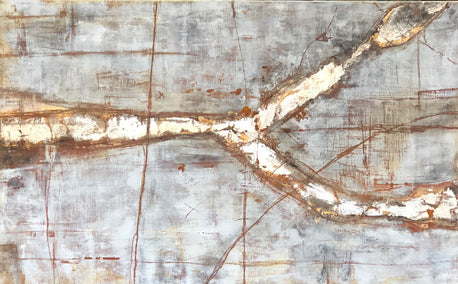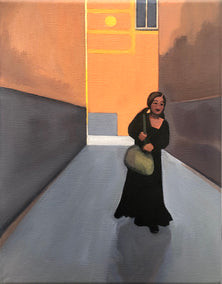In May of 1942, four months after its completion, Hopper sold Nighthawks for the sum of $3,000 to the School of the Art Institute of Chicago, where it remains to this day. Seattle-area based luxury travel magnate, Build-A-Bear initial investor, and prolific Modern Art collector Barney Ebsworth acquired other Hopper paintings, including 1929’s Chop Suey. American art cataloguer Caroline Seabolt described the painting, where two women in the burgeoning female workforce sit opposite one another in the ubiquitous Chop Suey lunch venues of the era, as “having a special place in Hopper’s oeuvre…included in every major retrospective he has ever had.”
St. Louis-born Ebsworth’s exposure to art began in 1956 while stationed in France. Frequenting the Louvre, he developed an appreciation for the Old Masters. In the 1970s, he turned his eye to American Modernists, including Hopper and O’Keeffe, largely because they were artists he could afford. He amassed a collection,which grew to include hundreds of paintings from artists including Jackson Pollock and Willem de Kooning.
In 2007, Ebsworth promised 65 major artworks to the Seattle Art Museum (SAM), including Hopper’s legendary Chop Suey. Eleven years later, nearly 100 collected works valued between $261 and $364 million, including most or all of those promised to SAM (the fine details were not disclosed), were sold at a two-day Christie’s auction. According to news sources, the about face, which sent shockwaves through the museum and gallery worlds, remains a mystery, or at least a well-guarded secret, with museum officials declining to talk.
Sold by Christie’s for $91,875,000, Chop Suey set a world auction record, thereby deemed the most expensive work of pre-war American Art.

















































